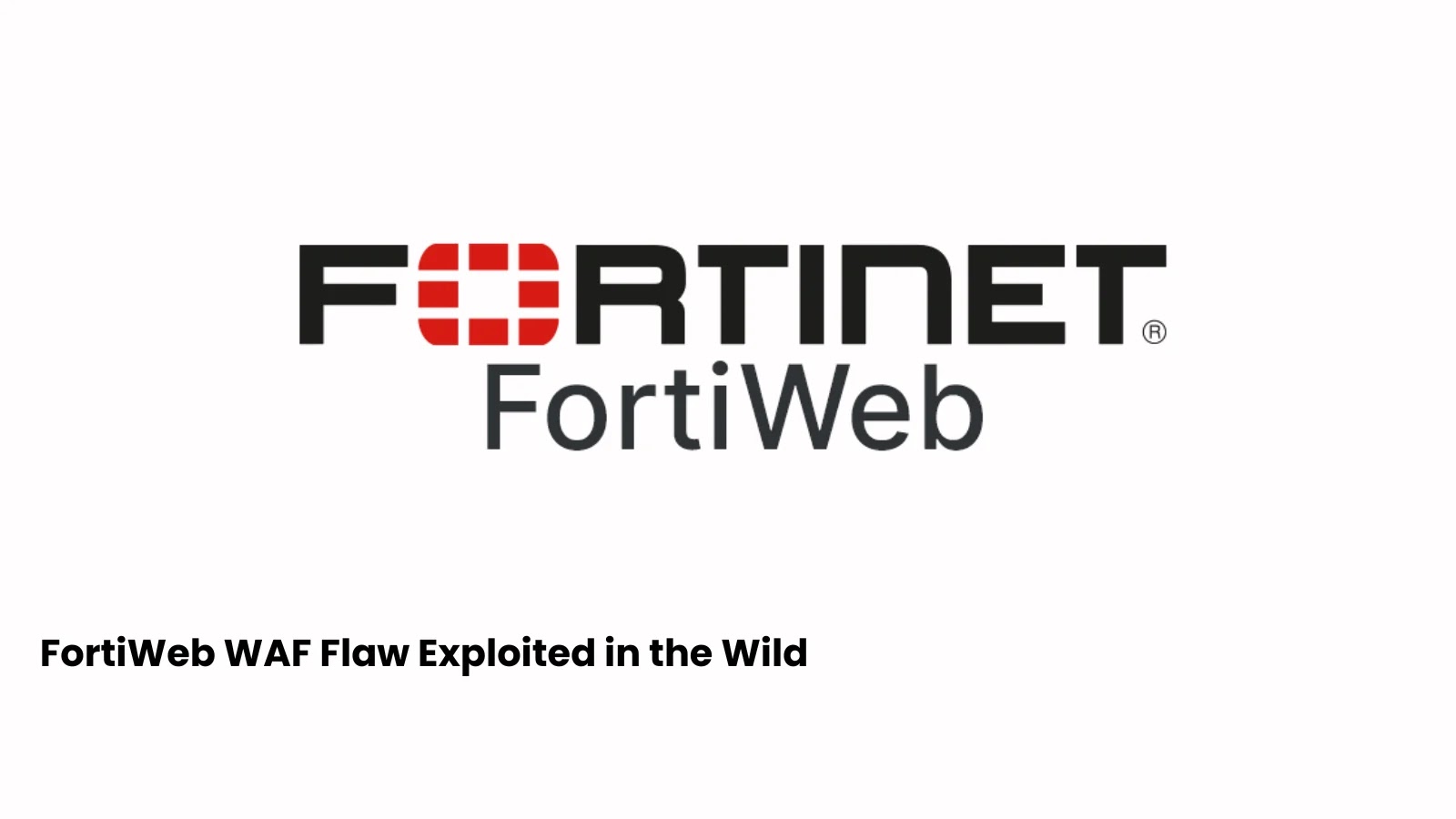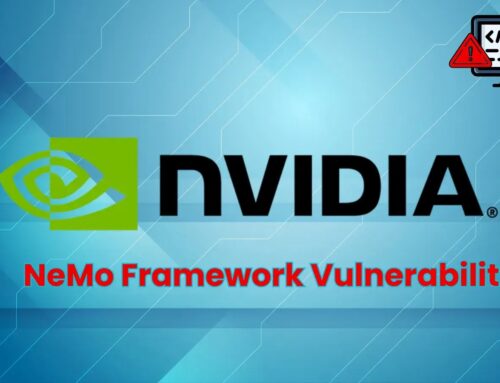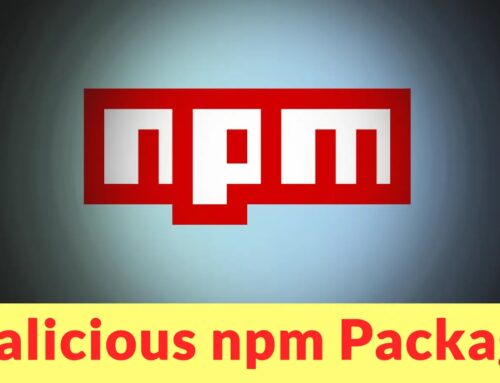
Critical FortiWeb WAF Flaw Exploited in the Wild, Enabling Full Admin Takeover
A critical vulnerability has emerged within FortiWeb, Fortinet’s popular web application firewall (WAF), now actively exploited in the wild. This represents a significant threat, allowing unauthenticated attackers to seize complete administrative control, bypass crucial security layers, and compromise protected web applications. Organizations relying on FortiWeb must act immediately to prevent potential breaches.
Understanding the FortiWeb WAF Exploitation
Fortinet recently issued an urgent advisory warning about CVE-2025-64446, a severe vulnerability affecting their FortiWeb WAF product line. This flaw stems from an improper access control mechanism within the product’s graphical user interface (GUI). The gravity of this issue is amplified by the fact that it allows unauthenticated threat actors to execute arbitrary administrative commands.
The core of the vulnerability lies in the lack of proper validation or authorization checks during specific operations within the GUI. This oversight creates a window for malicious actors to escalate their privileges without needing prior authentication. Once exploited, an attacker gains full administrative access to the FortiWeb appliance, effectively neutralizing its security capabilities and potentially gaining a foothold into the protected network.
Impact of a Full Admin Takeover
A complete administrative takeover of a FortiWeb WAF carries devastating implications for any organization. With full control, an attacker can:
- Disable or Modify Security Policies: Attackers can turn off critical WAF rules, bypass security checks, or even inject malicious rules, rendering the WAF useless against further attacks.
- Access Sensitive Information: Depending on the WAF’s configuration, attackers might gain access to logs, network configurations, or even credentials used by the WAF to interact with backend systems.
- Establish Persistence: Malicious individuals could install backdoors or create new administrative accounts, ensuring continued access even after initial detection and remediation efforts.
- Launch Further Attacks: The compromised WAF can be used as a pivot point to launch attacks against internal web servers, applications, or other network resources, escalating the breach’s scope.
- Data Exfiltration: If the WAF manages traffic to sensitive applications, the attacker might be able to intercept or exfiltrate data passing through it.
The active exploitation in the wild underscores the immediate danger. This isn’t a theoretical threat; it’s a present and ongoing risk to organizations globally.
Remediation Actions and Mitigation Strategies
Immediate action is paramount to secure FortiWeb WAF deployments against CVE-2025-64446. Fortinet has released patches, and applying them should be the top priority.
- Apply Patches Immediately: Consult the official Fortinet advisory for specific firmware versions affected and the corresponding patches. Upgrade all susceptible FortiWeb WAF instances without delay.
- Isolate FortiWeb Management Interface: Ensure the FortiWeb GUI is not directly exposed to the internet. Strict network segmentation and access controls should limit access to the management interface to only trusted administrative IPs and internal networks. Utilize VPNs or jump boxes for management access.
- Review Logs for Suspicious Activity: Scrutinize FortiWeb logs for any unusual administrative logins, configuration changes, or access attempts from unknown IP addresses, especially around the time the vulnerability was made public.
- Implement Multi-Factor Authentication (MFA): While this vulnerability allows unauthenticated access, implementing MFA for all administrative interfaces remains a best practice to protect against other credential-based attacks.
- Least Privilege Principle: Ensure that any administrative accounts used on the FortiWeb appliance adhere to the principle of least privilege, minimizing the impact if an account is ever compromised.
- Regular Security Audits: Conduct regular security audits of all WAF configurations and network environments to identify and address potential weaknesses.
Detection and Analysis Tools
While the immediate fix is patching, ongoing vigilance requires appropriate tools for detection and analysis.
| Tool Name | Purpose | Link |
|---|---|---|
| Nmap (Network Mapper) | Port scanning for open FortiWeb management interfaces, scriptable vulnerability detection. | https://nmap.org/ |
| IDS/IPS Solutions | Network intrusion detection/prevention systems can flag anomalous traffic patterns or exploit attempts targeting the FortiWeb WAF. | (Vendor-specific) |
| SIEM (Security Information and Event Management) | Aggregates logs from FortiWeb and other security devices for centralized monitoring and anomaly detection. | (Vendor-specific) |
| FortiAnalyzer | Fortinet’s centralized logging, reporting, and analysis tool for FortiGate and FortiWeb devices. | https://www.fortinet.com/products/fortianalyzer |
Conclusion
The active exploitation of CVE-2025-64446 in FortiWeb WAFs poses a significant and immediate threat to web application security. This improper access control vulnerability grants unauthenticated attackers full administrative control, effectively bypassing an organization’s primary line of defense. Organizations must prioritize applying Fortinet’s patches, securing management interfaces, and implementing robust monitoring to safeguard their digital assets. Proactive remediation is crucial to prevent widespread compromise and maintain the integrity of protected web services.





